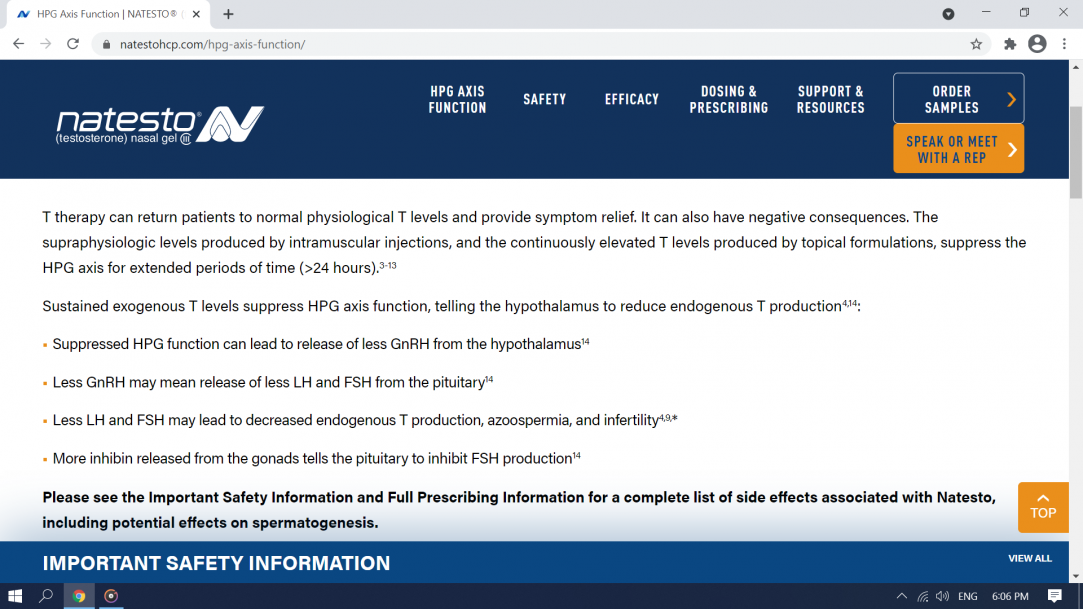I am 66yo, and am considering to start TRT.
My current TT (LC-MS/MS) is around 450 [270-648] ng/dL, and Calculated FT around 80 [47-244] pg/mL.
I have some questions, hopefully you knowledgeable members can help me.
1. How accurate is Calculated Free Testosterone comparing to equilibrium dialysis or ultracentrifugation?
2. I would like to have additional exogenous T without suppress/shutdown my own endogenous T production. Is that possible?
3. Once I start TRT and later stop, will my own endogenous T production recover to pre-TRT level? Will the shrinked testis regain the original size without the help from HCG?
4. Comparing testosterone enanthate and testosterone cypionate, what are the pros and cons for each?
5. what are the pros and cons of IM and subQ?
6. The carry oil: grapeseed, cottonseed, sesame, olive, castor oils, which one is best?
My current TT (LC-MS/MS) is around 450 [270-648] ng/dL, and Calculated FT around 80 [47-244] pg/mL.
I have some questions, hopefully you knowledgeable members can help me.
1. How accurate is Calculated Free Testosterone comparing to equilibrium dialysis or ultracentrifugation?
2. I would like to have additional exogenous T without suppress/shutdown my own endogenous T production. Is that possible?
3. Once I start TRT and later stop, will my own endogenous T production recover to pre-TRT level? Will the shrinked testis regain the original size without the help from HCG?
4. Comparing testosterone enanthate and testosterone cypionate, what are the pros and cons for each?
5. what are the pros and cons of IM and subQ?
6. The carry oil: grapeseed, cottonseed, sesame, olive, castor oils, which one is best?

















